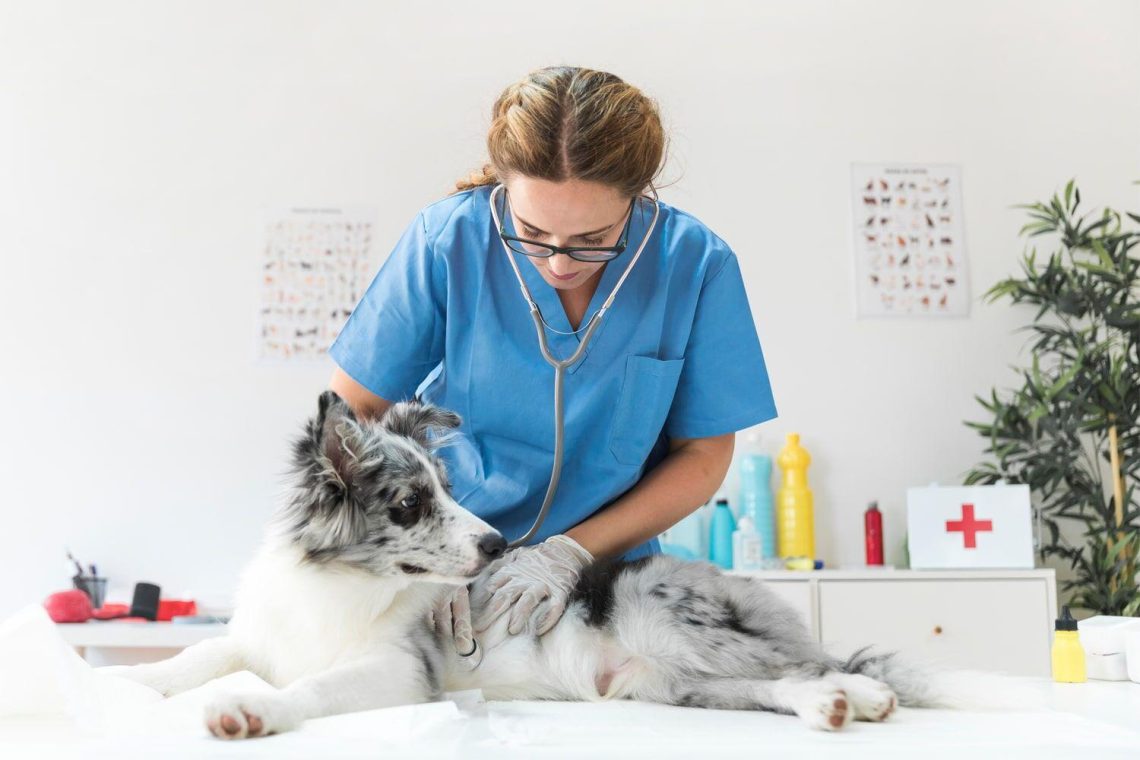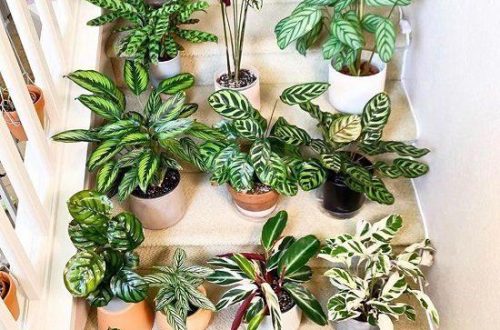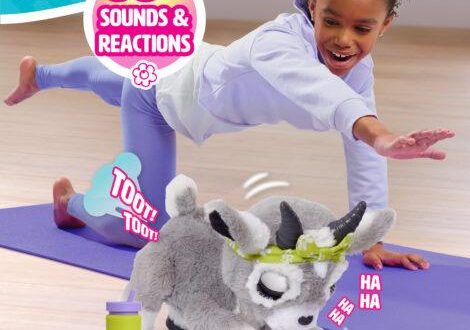
Exploring Sugar Gliders as Pets: What to Consider
Title: Exploring Sugar Gliders as Pets: What to Consider
Introduction:
In the world of exotic pets, few creatures capture our captivation quite like the elusive sugar glider. With their large, expressive eyes and the ability to glide gracefully from branch to branch, these tiny marsupials embody a unique blend of charm and curiosity. Originating from the lush canopies of Australia and New Guinea, sugar gliders have soared in popularity among pet enthusiasts, who are drawn to their playful nature and social demeanor. However, before embarking on the journey of welcoming one into your home, it’s essential to delve into the intricacies of their care and companionship. This article aims to provide a thorough guide to exploring sugar gliders as pets, highlighting the essential factors to consider and the responsibilities that come with owning these captivating creatures. Join us as we uncover the joys, challenges, and commitments involved in nurturing a sugar glider and discover whether this enchanting pet might be the perfect fit for your lifestyle.
Table of Contents
- Understanding the Unique Needs of Sugar Gliders
- Creating an Enriching Habitat for Your New Companion
- Health Considerations and Veterinary Care for Sugar Gliders
- Building a bond: Socialization and Training Tips for Owners
- To Conclude

Understanding the Unique Needs of Sugar Gliders
Sugar gliders are engaging creatures,and to care for them properly,it’s essential to understand their specific needs. These small marsupials are social animals that thrive on interaction, not only with their human caregivers but also with fellow sugar gliders. To ensure their wellbeing, it’s vital to provide them with a spacious habitat that encourages climbing and jumping, mimicking their natural environment. The following elements are crucial for their setup:
- Cage Size: A minimum of 24″x24″x36″ for small groups.
- Hideaways: Small tents or tubes for security and privacy.
- Temperature: maintain a cozy environment between 70°F – 90°F.
In addition to a suitable living space, sugar gliders require a specialized diet that reflects their natural foraging behavior. A mix of fruits, vegetables, and protein sources, such as insects and high-quality pellets, will keep them healthy and happy. To further satisfy their unique dietary needs, consider the following:
| Food Type | Examples | Nutritional Benefits |
|---|---|---|
| Fruits | Apples, Berries | Rich in vitamins and hydration. |
| Vegetables | Carrots, Sweet potatoes | Source of fiber and minerals. |
| Protein | Mealworms,Chicken | Essential for muscle advancement. |

creating an Enriching Habitat for Your New Companion
To foster a thriving environment for your sugar glider,it’s essential to focus on providing a spacious and stimulating habitat. A well-designed cage should offer ample room for climbing,hopping,and exploring,as these small marsupials are naturally active. Aim for a multi-level cage made of safe, non-toxic materials, and incorporate accessories such as:
- Branches and Ropes: Natural wood branches or rope hammocks to encourage climbing and gliding.
- Tunnels and Hiding spots: Fabric tunnels and hideouts create a sense of security and allow for playful exploration.
- Exercise Wheels: Custom sugar glider wheels aid in physical activity and mental stimulation.
Lighting and temperature also play vital roles in developing a cozy habitat. Sugar gliders prefer a dimly lit space during the day, reflecting their nocturnal nature. Therefore, setting up soft, non-intrusive lighting can help mimic their natural environment. Additionally, the ideal temperature range is between 70°F and 80°F (21°C to 27°C). You can achieve this by:
| Item | purpose |
|---|---|
| Thermostat | Monitors and controls room temperature. |
| Heat Lamp | Provides warmth during cooler hours. |
| Night Light | Offers low-level lighting without disrupting their nocturnal cycle. |

health Considerations and Veterinary Care for Sugar Gliders
When considering sugar gliders as pets, it’s essential to prioritize their health and well-being through regular veterinary care. These unique marsupials are prone to specific health issues that can arise from improper diet and living conditions. It’s crucial to establish a relationship with a veterinarian who has experience with exotic pets, notably those familiar with sugar gliders. Regular check-ups can help prevent and identify potential health problems early on,ensuring your pet maintains optimal health. Here are some key health considerations to keep in mind:
- Nutrition: A balanced diet is vital; consider a pellet diet supplemented with fresh fruits and vegetables.
- Weight Management: Obesity is a significant risk; monitor their food intake and activity levels.
- Dental Care: Regular dental check-ups can prevent oral diseases common in sugar gliders.
- Shelter Conditions: ensure that their habitat mimics their natural environment to reduce stress and promote well-being.
In addition to regular vet visits, maintaining a clean and safe environment for your sugar glider is critical. Consider implementing a structured care routine that includes cleaning their habitat and providing mental stimulation through toys and interaction. Be sure to observe your pet closely, as behavior changes can be an early warning sign of health issues.Below is a simple table highlighting common health concerns and preventive measures:
| Health Concern | Preventive Measure |
|---|---|
| Obesity | Balanced diet and regular exercise |
| Dental Issues | Regular dental check-ups and chew toys |
| Stress | Safe environment and social interaction |

Building a Bond: Socialization and Training Tips for Owners
establishing a strong bond with your sugar glider requires patience, creativity, and consistency. These small marsupials thrive on social interaction, making it crucial for owners to dedicate time daily to engage with their pets. Begin by creating a safe and stimulating environment where your sugar glider can explore freely, including climbing surfaces and hiding spaces. Utilize positive reinforcement techniques during training sessions; reward your sugar glider with small treats or verbal praise to encourage good behavior. Here are some effective strategies to enhance the bond:
- Daily Playtime: Allow your sugar glider to interact with you through supervised play sessions outside their cage.
- Hand-Taming: Gradually introduce your scent by using your hands to offer treats, allowing them to associate you with positivity.
- Encouraging Exploration: Provide toys and obstacles to keep their curious minds engaged.
Training is another critical element in fostering a healthy relationship with your sugar glider. Start with basic commands, using simple phrases and gestures that your pet can associate with specific actions. Consistency is key—practice regularly, but be mindful of your sugar glider’s mood and energy levels. Here’s a quick reference table for fundamental training commands:
| Command | Action | Reward Idea |
|---|---|---|
| Come | Encourage them to approach you | Favorite fruit slice |
| Jump | Prompt them to leap onto your hand | Nut treat |
| Stay | Teach them to remain in place | Small piece of yogurt |
To Conclude
As we draw the curtain on our exploration of sugar gliders as pets, it’s clear that these enchanting little creatures offer a unique blend of companionship and adventure. Their playful antics and gentle nature can light up any home, but, like all relationships, thay require care, commitment, and understanding. As you weigh the joys against the responsibilities, remember that thoughtful preparation is key to ensuring both you and your future furry freind thrive. Whether you find yourself captivated by their curious eyes or intrigued by their social needs, approaching the journey with knowledge and kindness will lead to a rewarding experience. Ultimately, embracing a sugar glider into your life means more than just acquiring a pet; it’s about welcoming a new family member who will bring a little bit of wild wonder into your everyday world. Happy exploring!





